Sutherland China Patterns
150 ResultsAs an Amazon Associate and eBay Partner, this site earns from qualifying purchases made through provided links
Browse Related
Sutherland China Patterns buying guide
The Sutherland pattern was first produced in the 1880's. The pattern is noteworthy for its charming transfer design featuring a bouquet of blue and pink flowers. The dinnerware set included dinner plates, soup bowls, bread plates, cup and saucer sets and a large platter. The mark on the back of these pieces is A. Sutherland & Co., which indicates the date of manufacture between 1890-1910.
Sutherland China, 1920's
A second version of the Sutherland pattern was made in the 1920's. This set also included dinner plates, soup bowls, bread plates, cup and saucer sets and a large platter. This particular set is often decorated with hand-painted yellow flowers along with the transfer design. The mark on the back of these pieces is Royal Sutherland Fine Bone China England.
Is Sutherland china valuable?
When you're buying vintage or antique china, it's important to know the manufacturer of your plate, cup or saucer. Sutherland China was a Royal Crown Derby factory in England and operated under that name until the mid-1960s. It then was known as Royal Sutherland.
You'll often see "Royal Sutherland Bone China England" on the backstamp. These pieces are also marked with an impressed number and date symbol. That number indicates which of the company's three factories produced the item, and it can help you determine the age of your piece.
But remember that some Sutherland china doesn't have the "Made in England" wording on it. This is because it was made for export and didn't need to carry that identification. Therefore, all "Royal Sutherland Bone China" marks aren't necessarily from England. If a piece is marked "Royal Sutherland Fine Bone China," however, it is from England.
Sutherland China England
Sutherland china are a staple in the china market. Because of their high quality and affordable price, they make a perfect choice for both collectors and homeowners who want a complete set of china in their home. There are many different patterns that you can choose from which are all available at many stores or on the internet. It is important to know what to look for when it comes to Sutherland china patterns so you can get exactly what you want.
In this article we will take a look at some of the different patterns that Sutherland has to offer, as well as some tips on how to choose the right pattern for your needs. When looking at Sutherland china patterns, it is important to consider the size of your table or countertop. Many people do not realize this but the size of your table or counter top will affect the type of pattern that you choose. If you have limited space, then you may want to consider one of their smaller patterns such as the "Sutherland Fine Bone" pattern or the more popular "Sutherland Fine Bone" pattern with a design on it.
Sutherland was a fine bone china manufacturer that produced patterns with the same names as several well-known companies, including Spode and Wedgwood. The Sutherland china patterns are a nice addition to any collection of well-known English china. If you want to add Sutherland china to your collection, look for it in person at yard sales, antique shops and estate sales.
Identify the fine bone China pattern by looking for name stamps on the bottom of each piece. Some may have only "Sutherland" stamped on them, while others may have more descriptive names like "Sutherland Royal Staffordshire," which indicates that Royal Staffordshire produced
In the early years of the 20th century, Sutherland made a considerable name for itself in the world of fine bone china. The company was best known for its hand-painted designs on bone china pieces. It produced several patterns that have become highly sought after by collectors through the years.
Founding and history
The Sutherland China Company got its start in 1919 in Trenton, New Jersey. The company was founded by Scottish immigrant Alexander Sutherland. He came to the United States from his native Scotland with very little money, but he had a plan to carve out a place in America's manufacturing industry. Sutherland began making products that were similar to those he had seen being manufactured in China when he worked as a merchant marine on a ship that travelled extensively throughout Asia.
He set up shop in Trenton and started producing stoneware using clay from nearby Raritan River. He didn't have enough money to start his own business, so he partnered with another Scotsman named William Clark. They formed the Sutherland-Clark China Company and began operating a small factory in Trenton. Sutherland wanted to expand his business and create fine china pieces like those being made in Staffordshire, England at the time. To do this, he needed access to good
In 1922, it introduced new technology that automated much of its manufacturing process, allowing for greater production and lower costs. It was purchased by Hall China Co. in 1937, though it continued to operate as an independent company until 1970 when it was shut down due to competition from overseas manufacturers who could produce china at a cheaper price point.
Challenge your eye to catch the difference between Bavarian china and porcelain, bone China and fine China. Know the signs of quality that make for a good set of dishes.
The name "Bavaria" is used to identify pieces made in Germany. In contrast, "England" or "Made in England" on a piece of china means it was made in that country. Most often, you will see the name of the manufacturer on Bavarian china; if it's missing, then the piece likely is English china. English china has a translucent appearance and is lighter than Bavarian china.




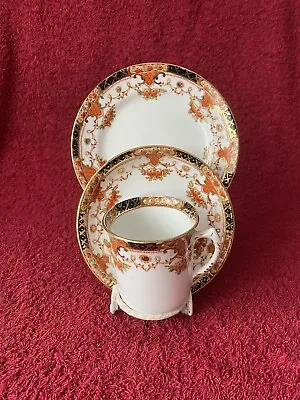
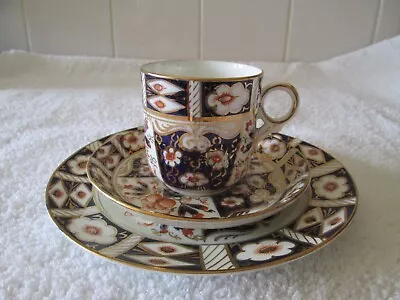


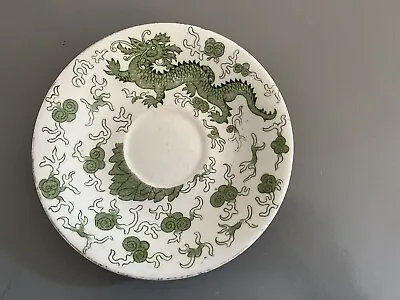
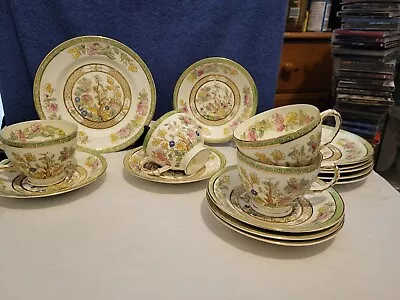

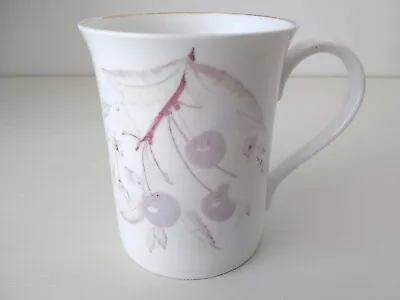
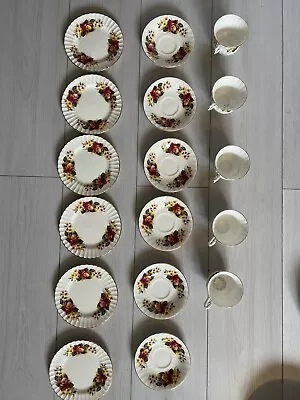

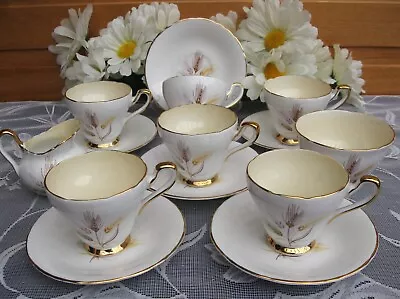

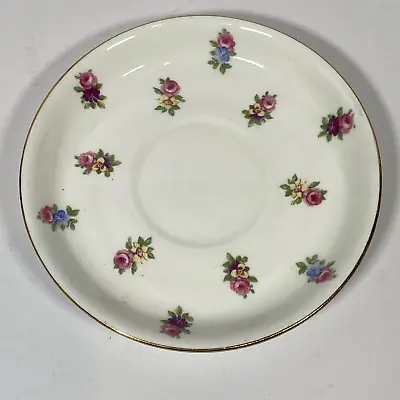
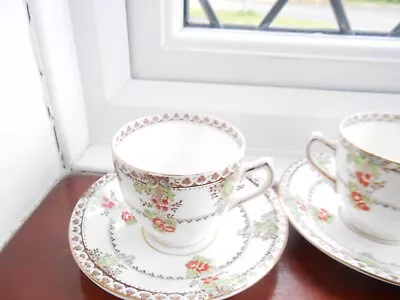
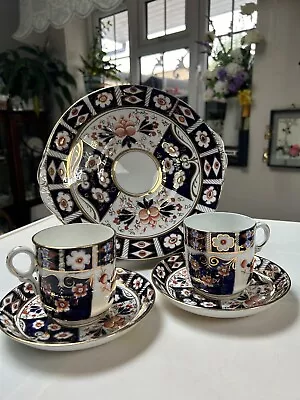
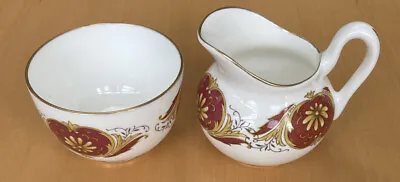
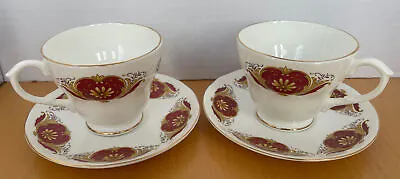
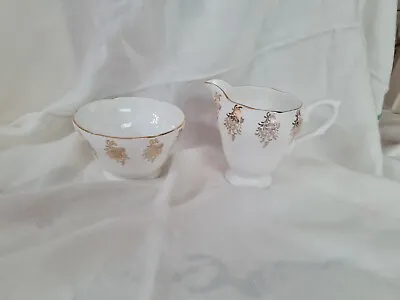
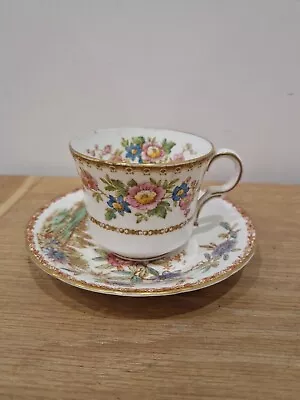
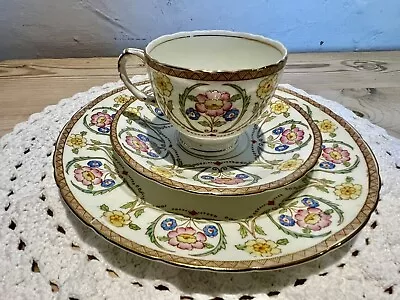
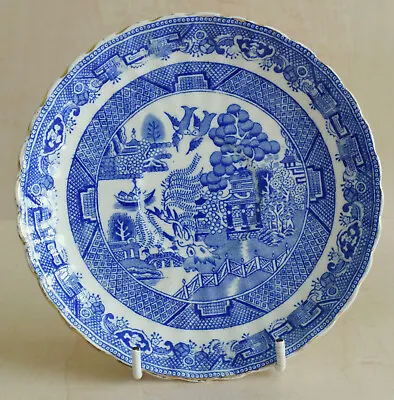
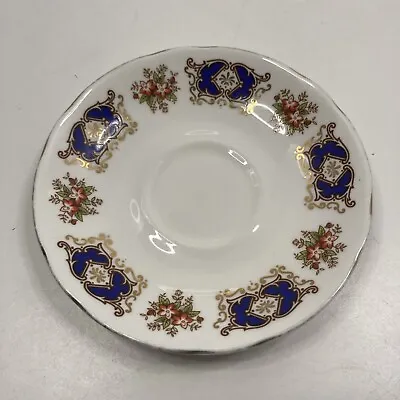
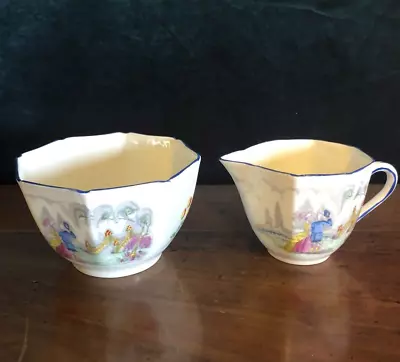
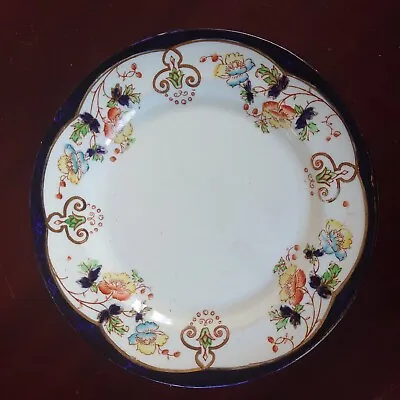
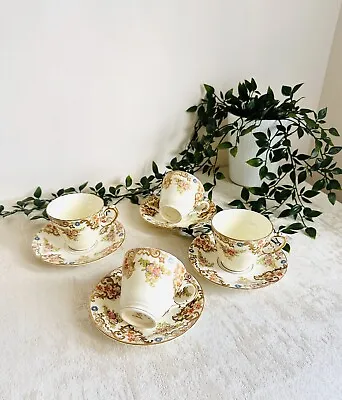
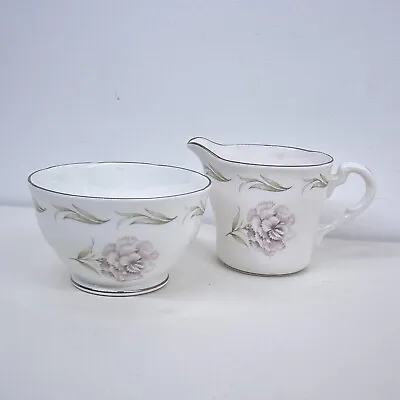
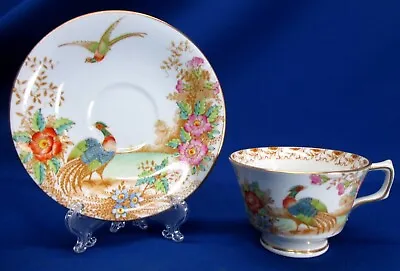
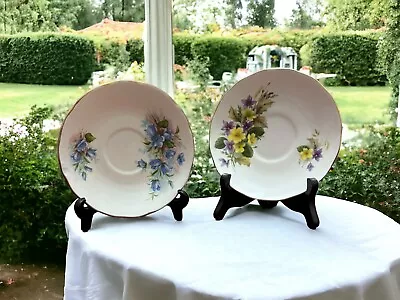
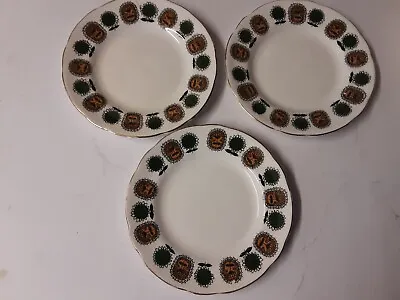
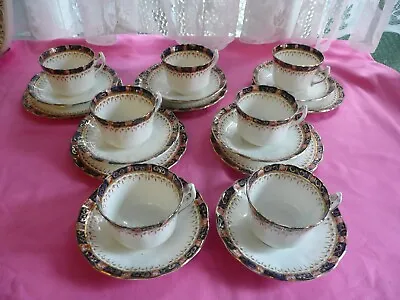

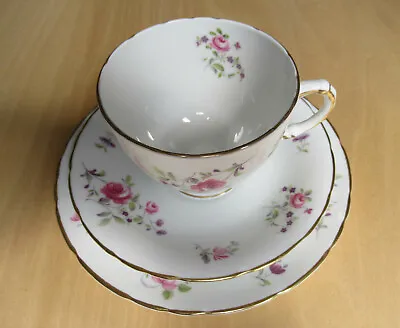
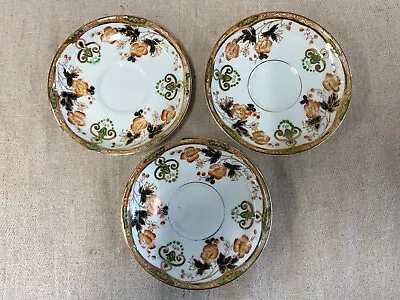
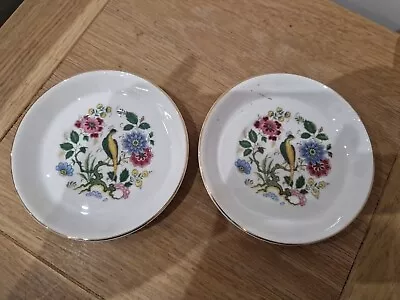

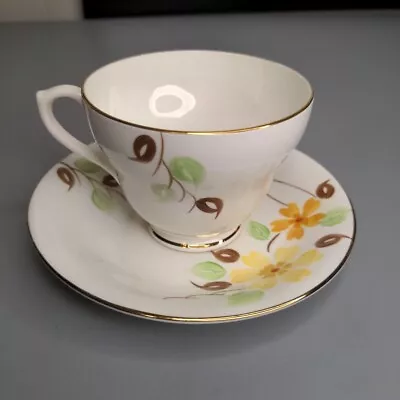




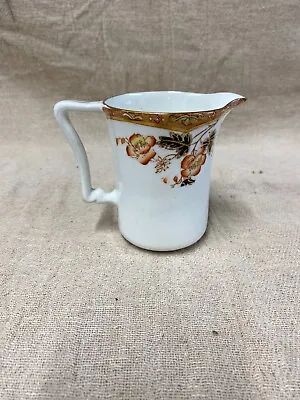
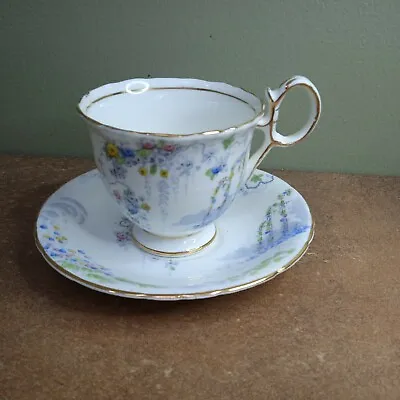
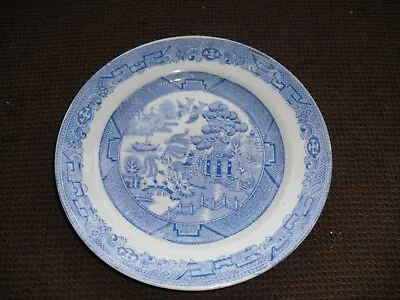
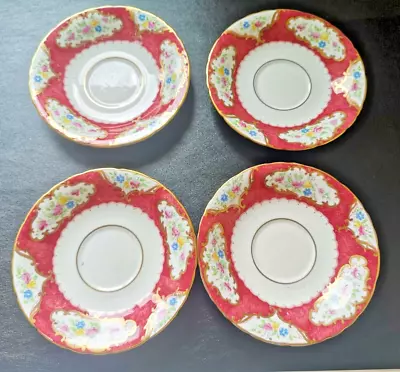
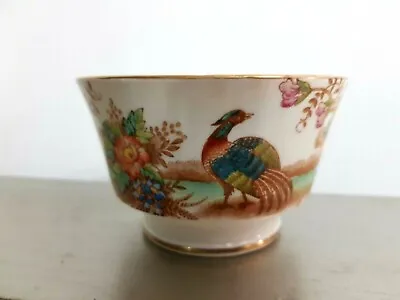
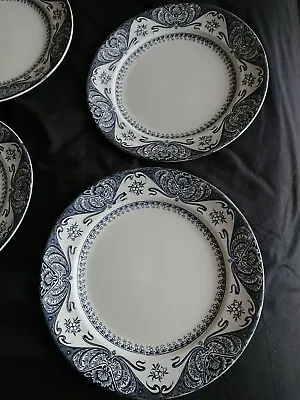
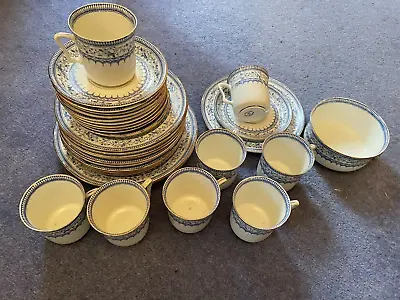
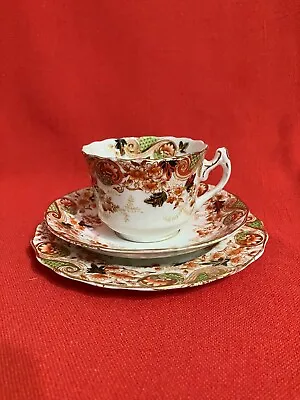
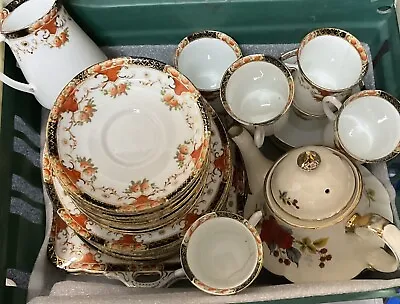


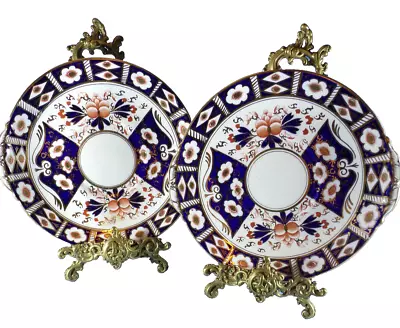

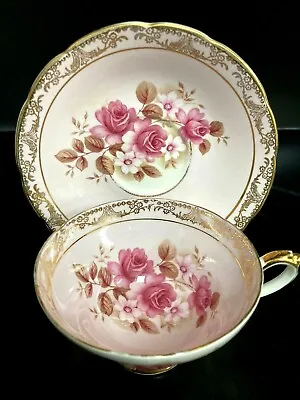
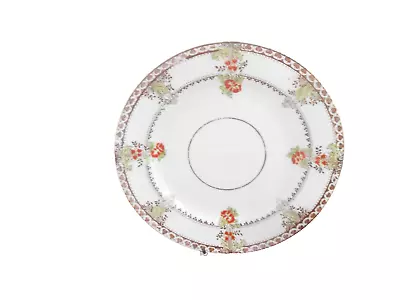
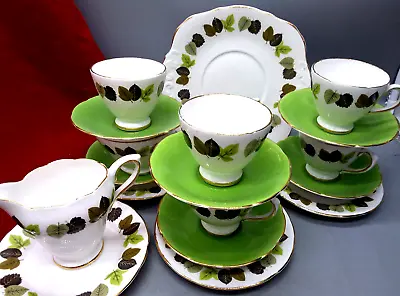
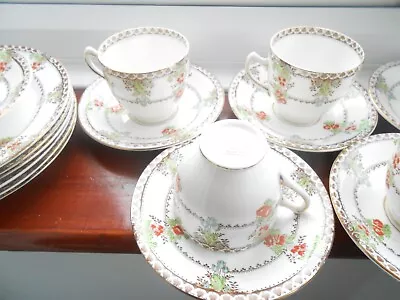
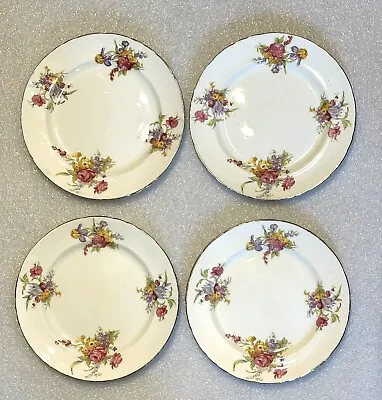
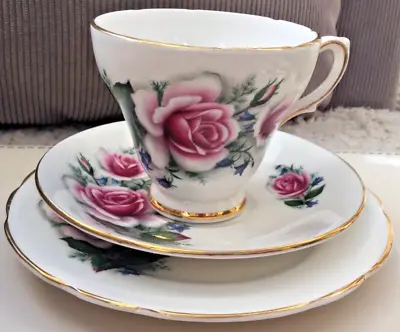
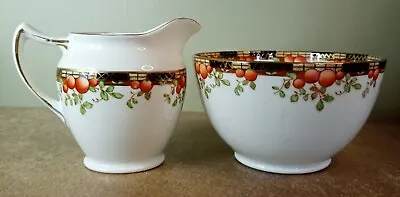
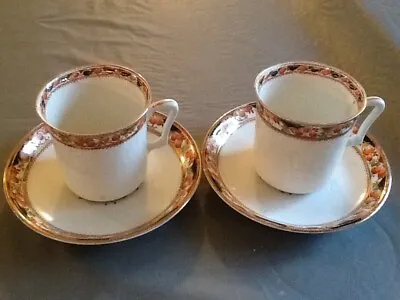
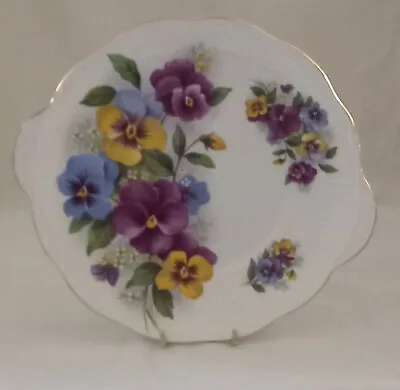
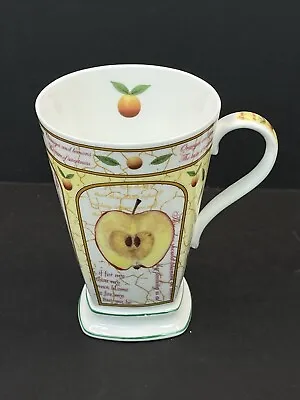
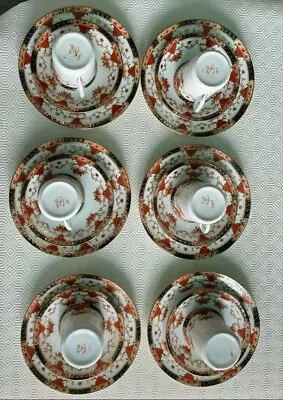
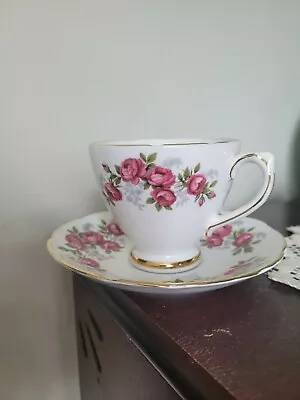
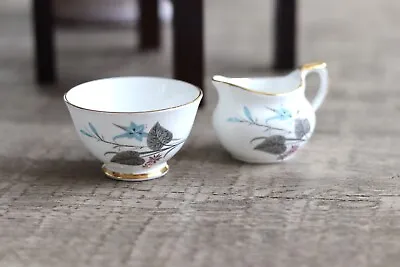
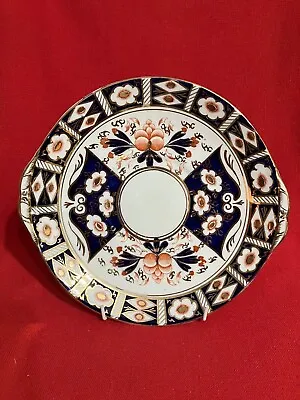
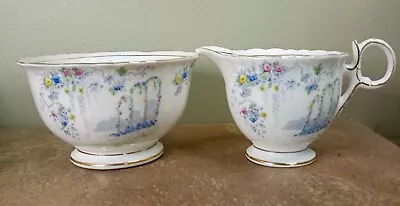
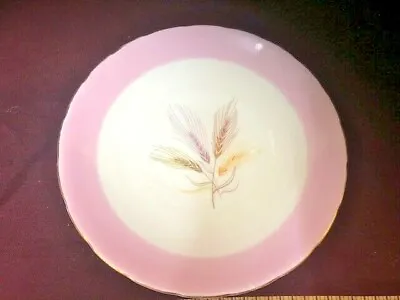
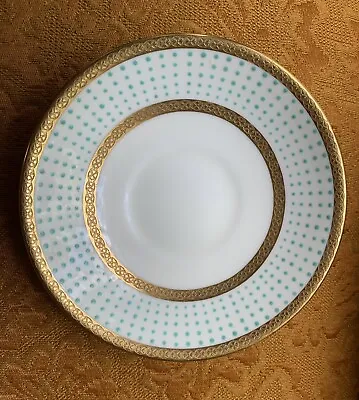
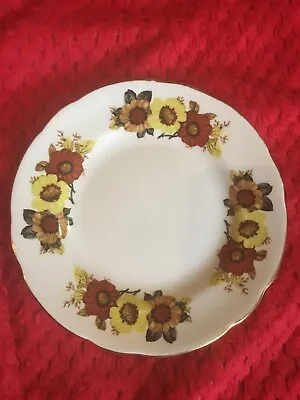
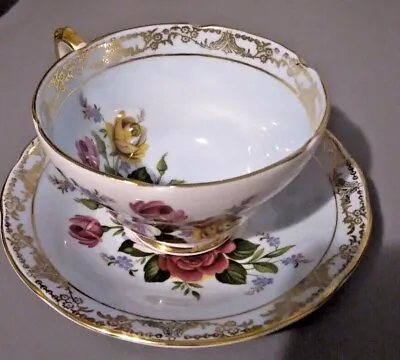
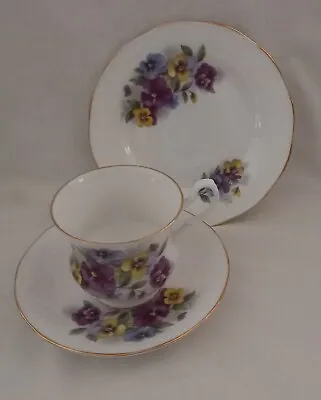
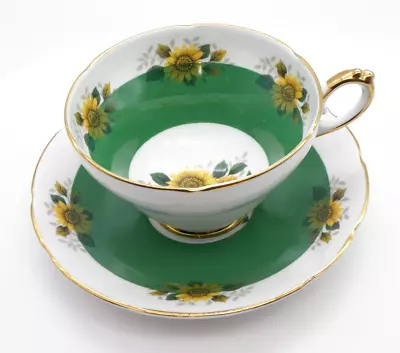
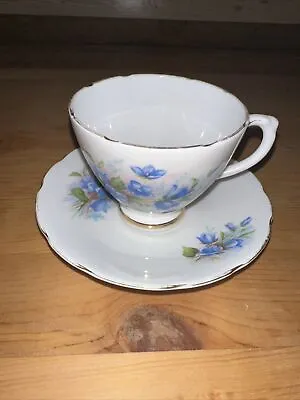

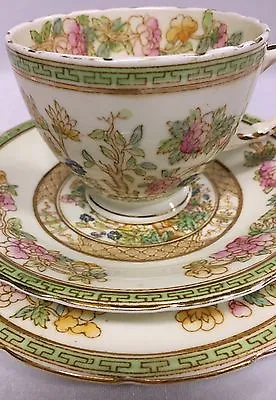
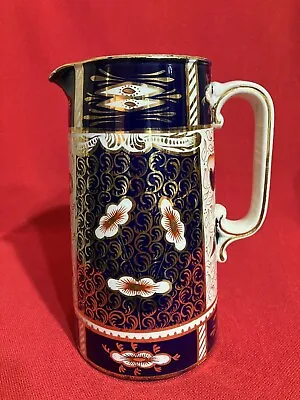
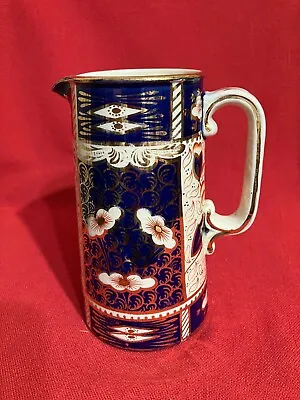
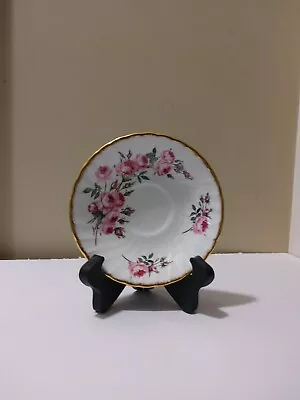
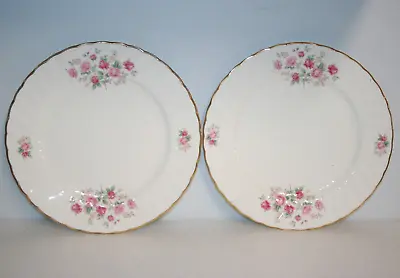
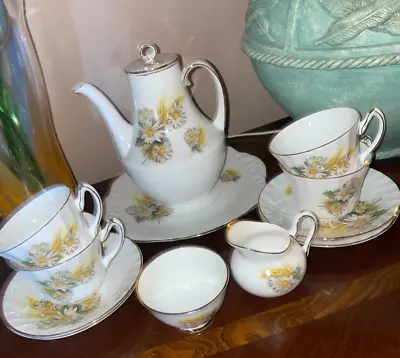

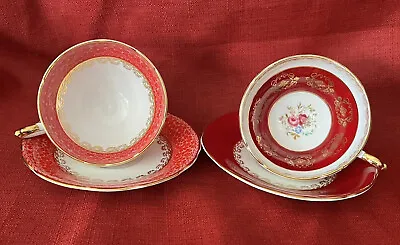
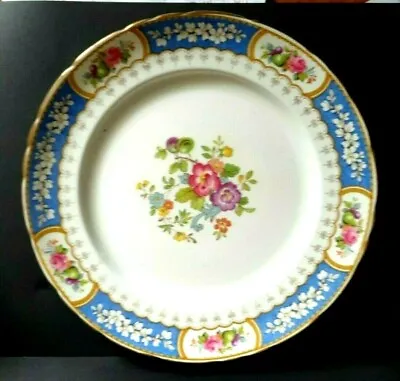
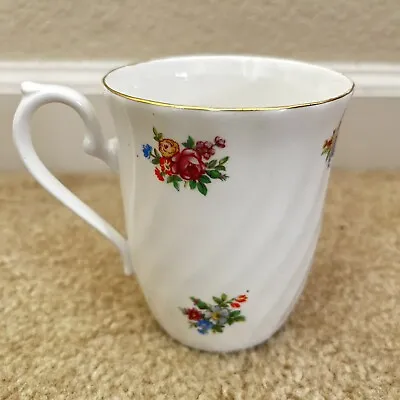
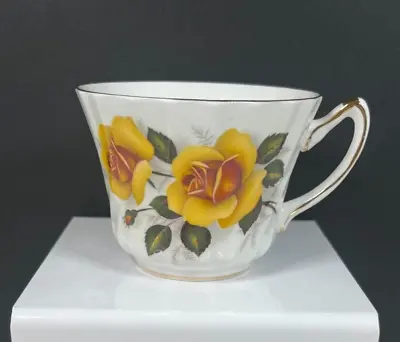
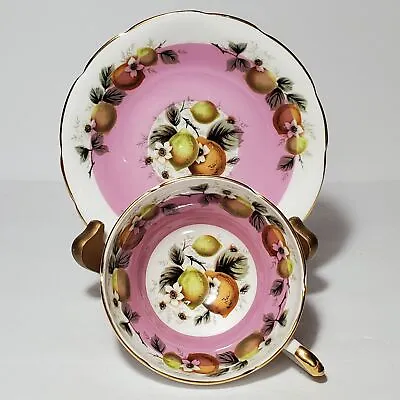
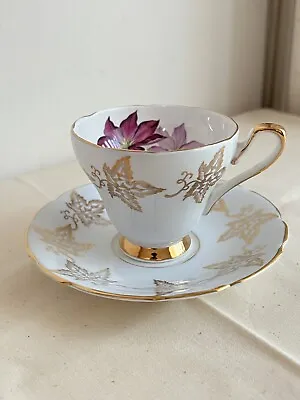
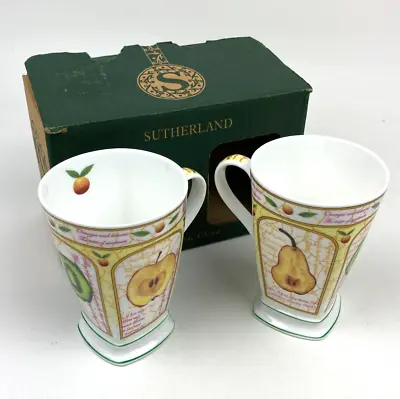
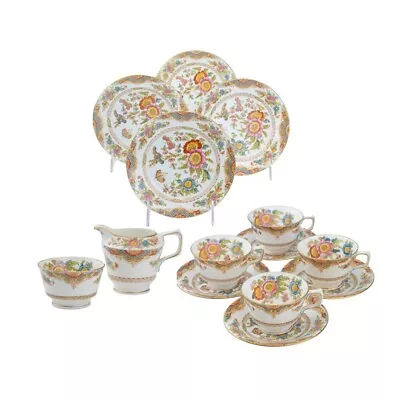
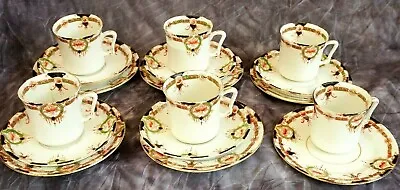
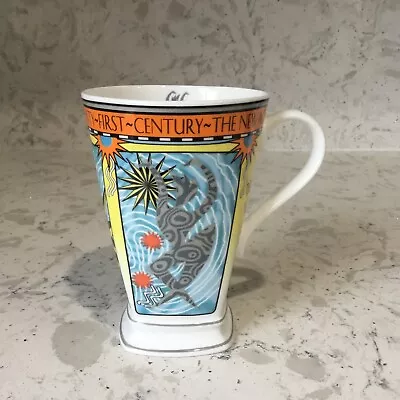

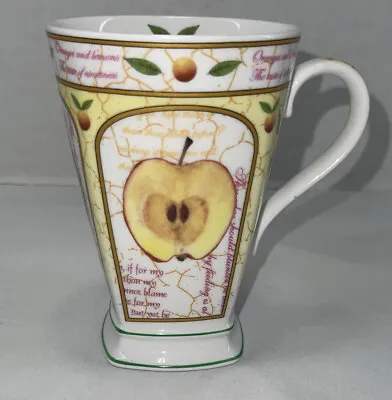

 Your request is processing... Please Wait
Your request is processing... Please Wait